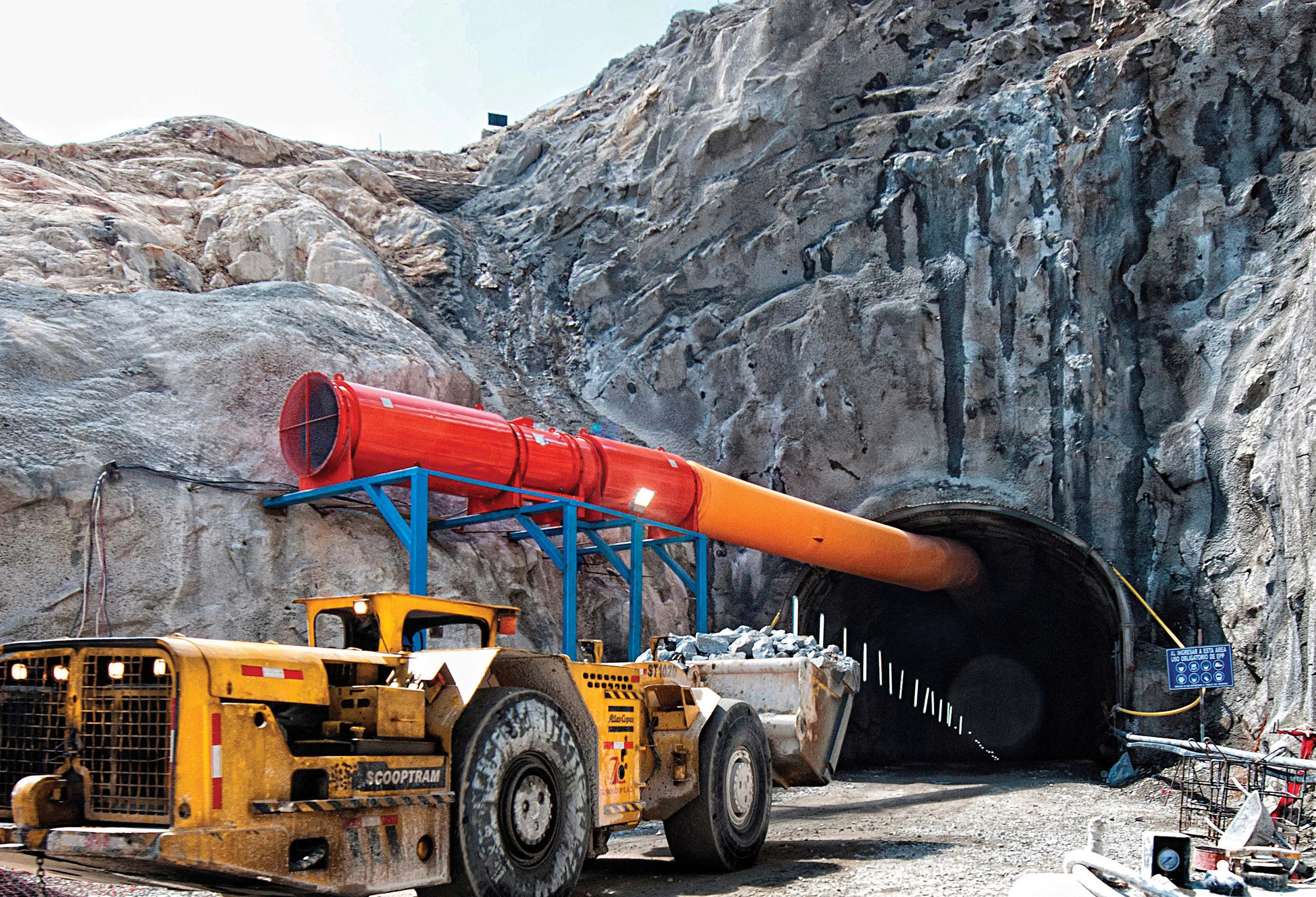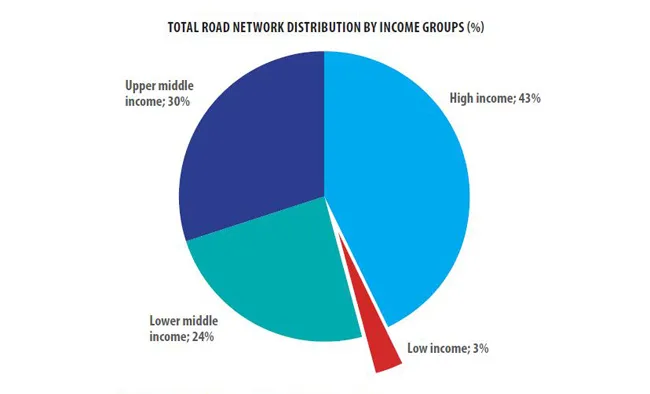Construction of the important East-West highway in Nigeria now looks to face serious delays. Work to a key section of the highway route in Delta State has been affected by a shortage of funds, with over US$215 million need to complete its construction. This section of the East-West highway is of particular national importance as it provides an upgraded connection to Nigeria’s oil producing region, which provides much of the country’s GDP.
The Niger Delta Development Commission (NDDC) is seeking out private investment for this section of the highway. Given the strong presence of international oil firms in the region, the potential for overseas finance should be strong. A significant percentage of the existing road network in the region is in a very poor state and in the rainy season, journeys can be torturous as a result. The Eleme-Refinery junction stretch of the route has been identified as requiring immediate repairs. The problems with the East-West Highway form part of a larger problem for this region of Nigeria however.
Although South East Nigeria is home to the country’s oil industry on which the country relies economically, the infrastructure in the region has suffered from a serious lack of investment over many years.







